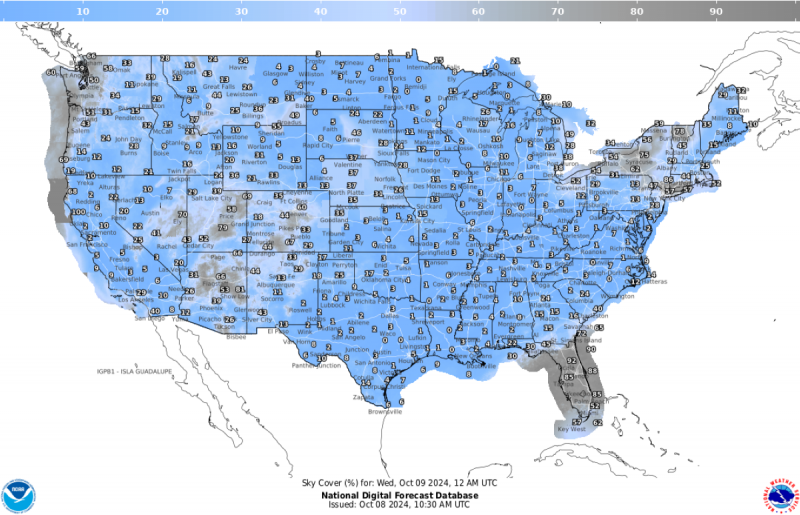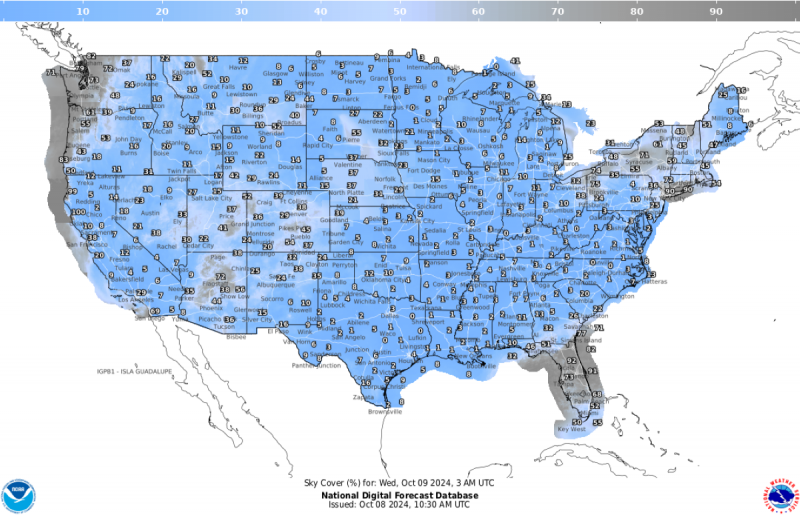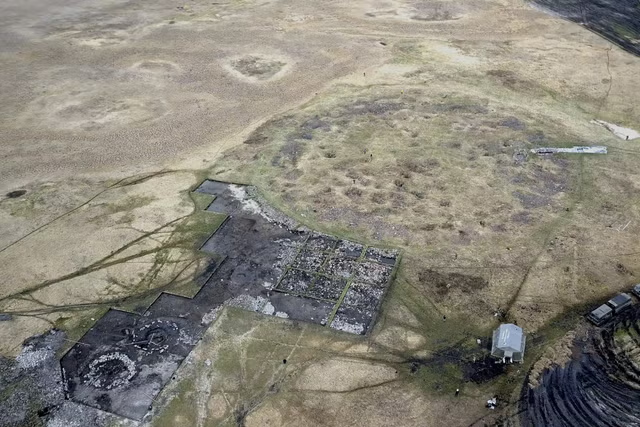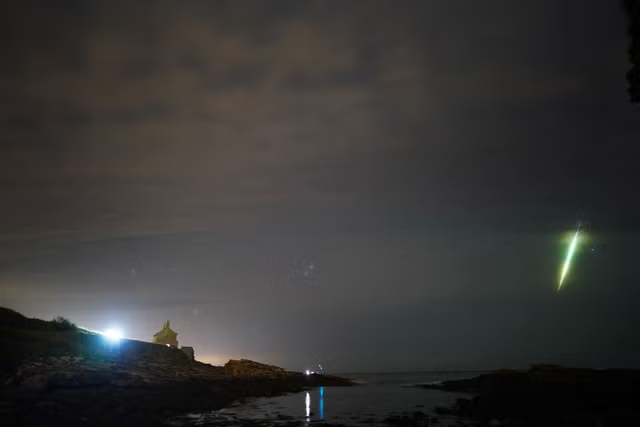Get yourself to a dark spot on Tuesday night because the Draconid meteor shower is reaching its peak that evening. With a bit of luck, this usually sleepy meteor shower could develop into a full-blown storm, with hundreds of meteors visible per hour.
The shower has been active since Sunday and will likely remain visible until Thursday, but Tuesday offers the best viewing opportunity. Viewers across the U.S. can catch the display, especially in dark locations with minimal light pollution.
Best of all, you don't even need a telescope—this brilliant display is visible with the naked eye. Unlike most meteor showers that peak in the early morning hours, the Draconids can be enjoyed just after nightfall and throughout the evening. This convenient timing is due to the radiant point—where the meteors appear to originate—being highest in the sky as darkness falls.
Location and Visibility for Draconids Viewing
The Draconids' radiant point is near the stars Eltanin and Rastaban in the Draco constellation. However, you don't need to locate Draco—meteors can appear anywhere in the sky. Clear skies are crucial, so check your local forecast.
Skies in Texas, California, as well as most Southeastern states (excluding Florida), are expected to stay relatively clear all night, according to the National Weather Service's sky cover outlook. The Midwest also looks as though it will stay clear overnight.
Check out the maps below for full cloud cover forecasts over Tuesday evening. The numbers at each location show the expected amount of opaque clouds (in percent) covering the sky valid for the indicated hour.
Drag slider compare photos


How to See the Draconids
Your best chance of viewing the meteor shower will be from anywhere in the Northern Hemisphere during the evening and into the early morning. To get the best view, Anna Gammon-Ross, senior planetarium astronomer at the Royal Museums Greenwich, London, told Newsweek that stargazers should:
- Be outside for at least 20 minutes to allow your eyes to adjust.
- Find a darker spot away from light pollution if possible, though not essential.
- Lie down, as you may be looking up for a long time.
No special equipment is needed, but it could be cold out, so dress appropriately.
"If you are wanting to take photographs, use a wide-angle lens, since the meteors could appear anywhere, with a high ISO sensitivity setting of ISO3200 or more—shooting stars are gone in a second, so your camera needs to be as sensitive to light as possible to catch them," Darren Baskill, a physics and astronomy lecturer at the University of Sussex, U.K., told Newsweek.
"As for exposure time, that depends on how dark your sky is—exposures will be limited to a few seconds under light-polluted skies, but 15-30 seconds can be used under dark skies."
Viewing conditions are favorable for Tuesday, with the moon only in its first quarter, minimizing light interference. The moon will set a few hours after sunset, providing an uninterrupted view of the night sky.
Could We See a Meteor Storm?
The shower's parent body, comet 21P/Giacobini-Zinner, creates this spectacle when its debris burns up in Earth's atmosphere.
"The Draconids are usually an underwhelming meteor shower, providing little more shooting stars than the ambient level. But every few years, it puts on a tremendous show," Baskill said.
Baskill explained that back in 1933, the Draconids formed a full-blown storm of meteors, with several passing overhead every second.
"While we are unlikely to see such a show this year, there is a chance of seeing a couple of shooting stars every minute. Such rates were last seen in 2018, 2012, 2011, 2005 and 1998, so every six or seven years we've had a treat of a display, giving optimism for either this year or next," he said.
Do you have a tip on a science story that Newsweek should be covering? Do you have a question about the Draconids? Let us know via science@newsweek.com.
Disclaimer: The copyright of this article belongs to the original author. Reposting this article is solely for the purpose of information dissemination and does not constitute any investment advice. If there is any infringement, please contact us immediately. We will make corrections or deletions as necessary. Thank you.



